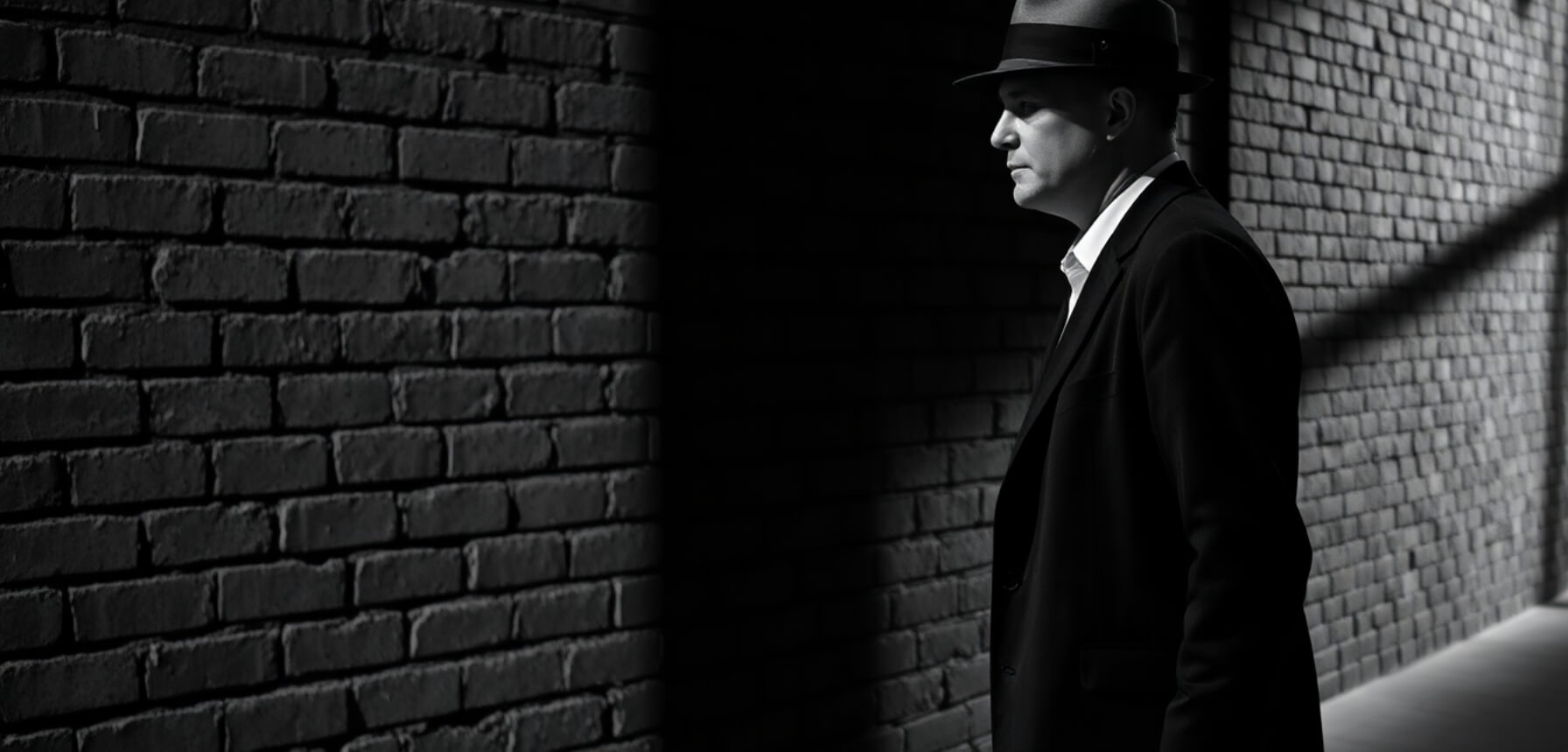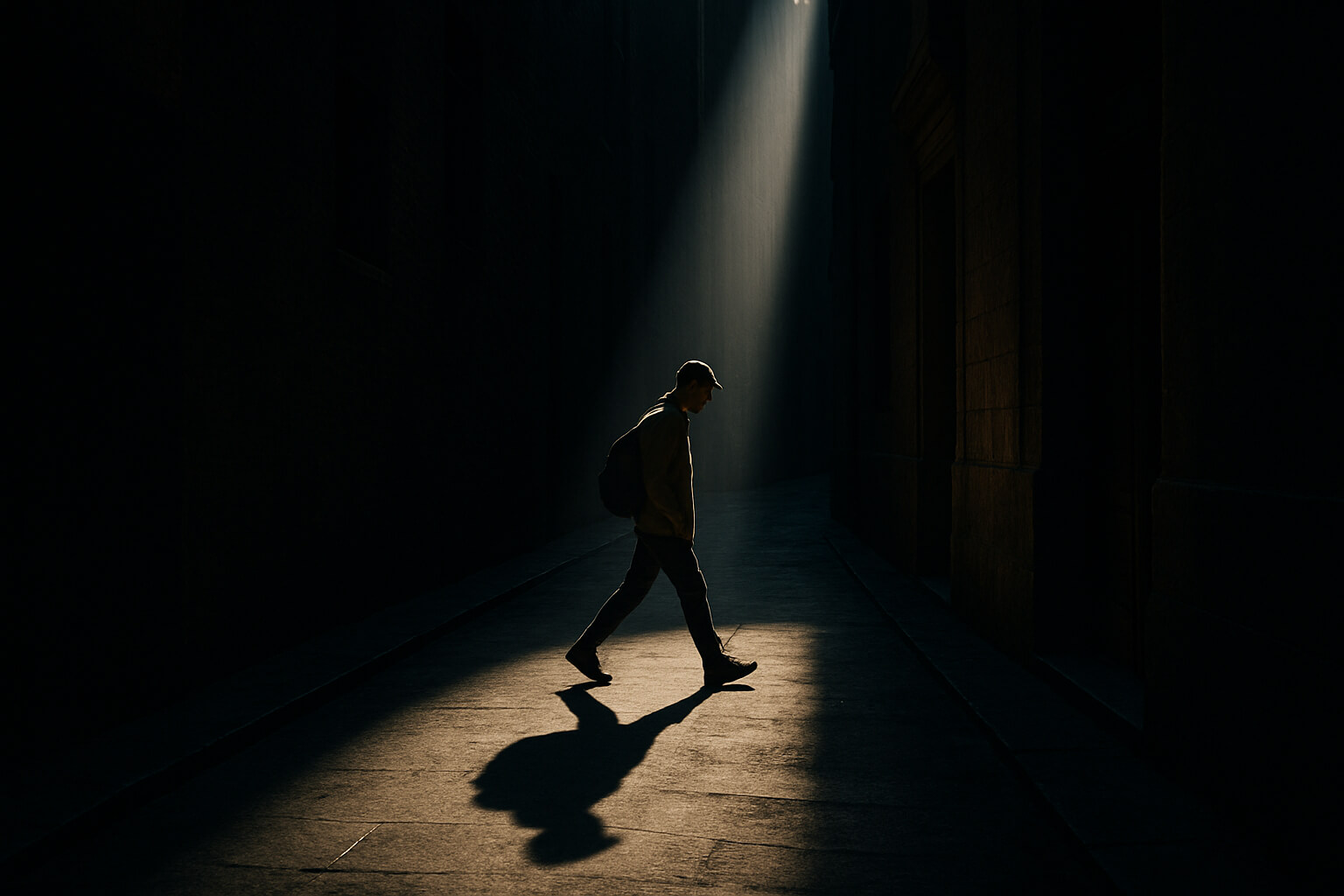May 22, 2025

Black-and-white street photography is timeless—it strips away color to reveal raw emotion, strong contrasts, and powerful compositions. Without the distraction of hues, every shadow, reflection, and facial expression carries more weight. This genre invites photographers to see the world differently—through light, lines, textures, and moments frozen in monochrome.
Whether you’re walking through a bustling city or a sleepy neighborhood, this guide will teach you how to spot compelling subjects, use light to your advantage, and create visually striking black-and-white street photos. We’ll also highlight tools and editing apps (inspired by top editing software) to help you fine-tune your images with cinematic precision.
Color often draws attention away from the emotional core of a photograph. By eliminating color, black-and-white photography shifts the focus to the essence of the scene: the raw emotion, the textures, the patterns of light and shadow. This timeless aesthetic makes it easier to convey deeper moods—whether it's solitude, tension, or quiet reflection. In street photography, this approach is especially effective. The absence of vibrant hues directs the viewer's eye to the expressions, body language, and fleeting moments of human interaction. Whether you're capturing the sharp angles of city architecture or the candid expressions of passersby, monochrome brings an added layer of depth to the narrative.For beginners, check out this guide to the best cameras for professional photography beginners.
In monochrome photography, light and shadow become your primary tools for storytelling. Without color to distract the viewer, it's the play of light and contrast that adds mood, texture, and drama. The low, angled light during early mornings or late afternoons—often called "golden hour"—creates long shadows and highlights that can sculpt your subject beautifully. Strong side lighting, for example, can add depth and shape to a subject's face or body, emphasizing contours and creating a striking, three-dimensional effect. By experimenting with the way light falls and interacts with your subject, you can create powerful, evocative compositions that don't rely on color for impact.
Explore techniques in this beginner’s guide to artificial lighting to adapt lighting indoors or during low-light street conditions. Also, using principles from split lighting can help emphasize facial features when photographing portraits on the street.

When working with black-and-white photography, it’s easy to get caught up in the simplicity of the palette. However, composition is even more critical. With fewer visual elements to distract, every line, shape, and shadow must be intentionally placed within the frame to guide the viewer’s eye. Look for moments of symmetry, balance, and patterns. The beauty of minimalist photography lies in its ability to highlight the smallest details—like a solitary figure walking across a quiet street or a bench in an empty park—giving those simple moments a sense of grandeur. Tight cropping can also help isolate the subject and reduce unnecessary distractions, emphasizing the emotional weight of the scene.

To truly control the mood of your black-and-white shots, switch to manual mode. This gives you full control over your camera settings and lets you experiment with different exposure levels. A slightly faster shutter speed (around 1/250s or faster) is ideal for freezing movement, especially in bustling street scenes. However, if you're shooting at night or in low-light environments, you may want to lower the shutter speed to capture more light, but be careful not to overexpose your image. For more dramatic lighting effects, such as street lamps casting soft, halo-like glows, you can play with slightly slower speeds to get the perfect balance of light and shadow.
While some cameras offer a black-and-white shooting mode, it's often better to capture images in color and convert them later in post-processing. Why? Because shooting in color gives you more flexibility when editing, especially when it comes to adjusting contrast, exposure, and tonality. Post-processing tools like Snapseed, Lightroom, and VSCO allow you to fine-tune every aspect of your image, from the shadows to the highlights, ensuring your black-and-white shot is as striking as possible. You can also manipulate tones—playing with the intensity of blacks and whites to create a more dramatic or subdued look. If you're aiming for cinematic lighting effects, split lighting (where one side of the subject is brightly lit while the other remains in shadow) can be expertly enhanced in editing for an added sense of mystery and depth.

Black-and-white photography excels at telling stories because it strips away the distractions of color, leaving only the emotional core of the moment. In street photography, this can mean capturing fleeting moments of human interaction, like a child chasing a balloon or an elderly couple sharing a quiet laugh. The absence of color adds a layer of timelessness, making these ordinary moments feel poetic and nostalgic. By focusing on these storytelling moments, you elevate your photographs from simple snapshots to powerful narratives that resonate emotionally with your audience.

Not every scene needs to be captured. Sometimes waiting, observing, and letting a better composition unfold is the best decision. This patient practice refines your instinct, one frame at a time.
Stay up to date with the newest tips, gear reviews, and step-by-step guides to elevate your photography journey from home and beyond.